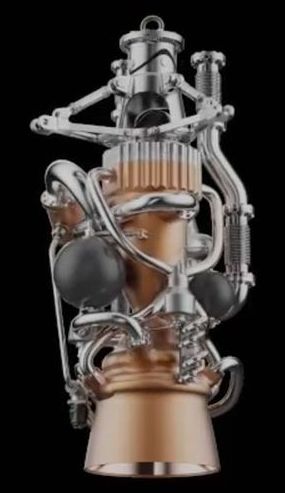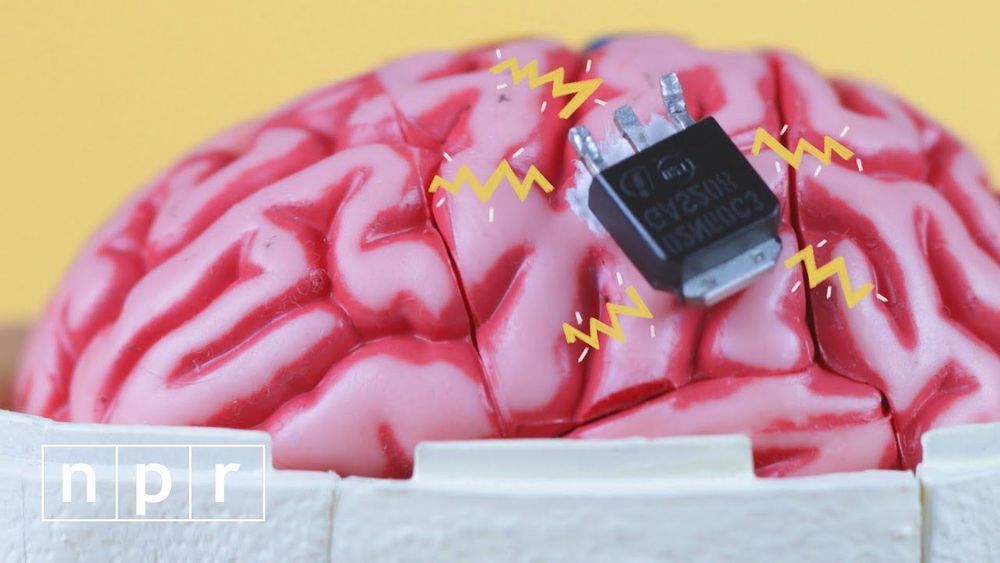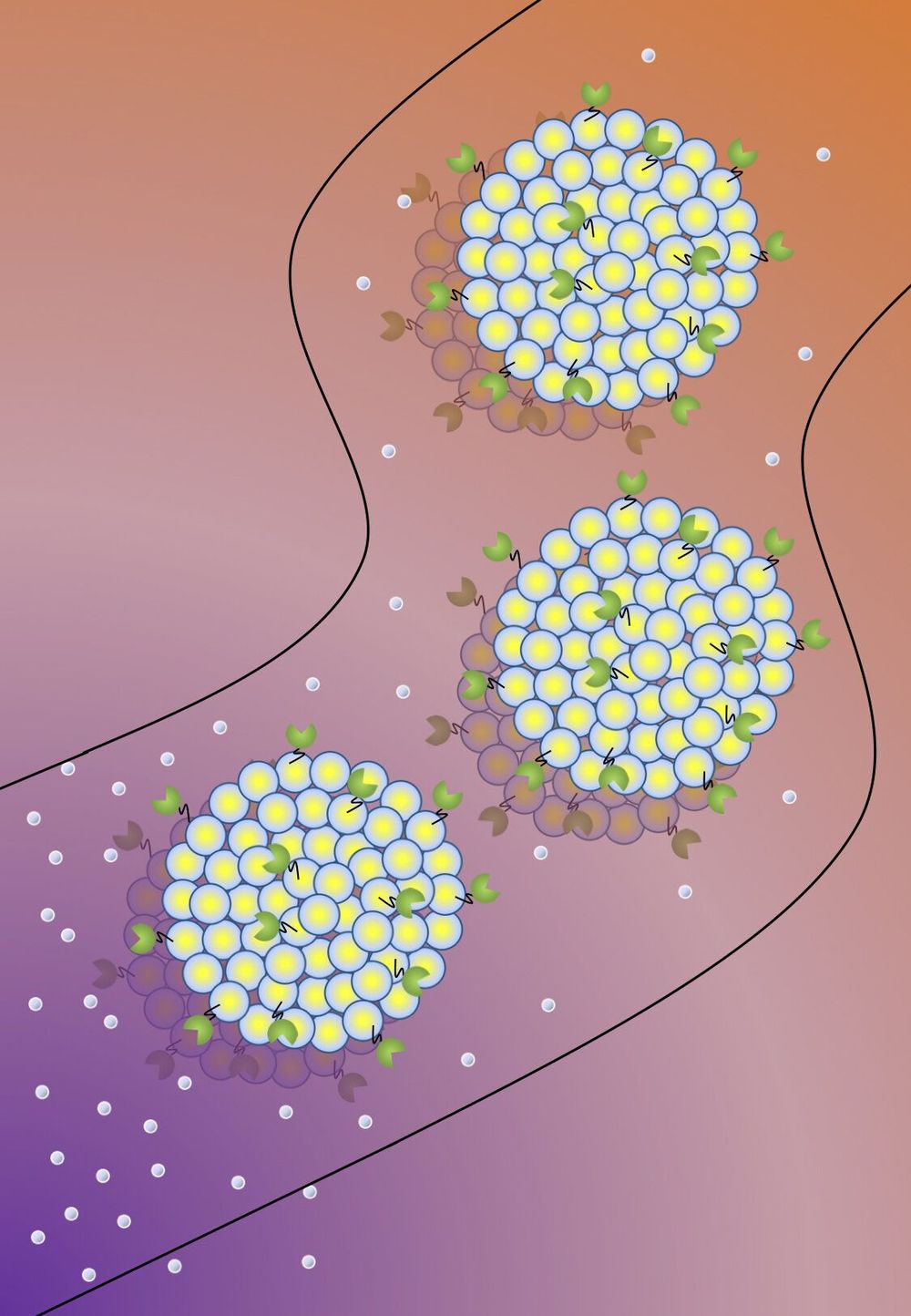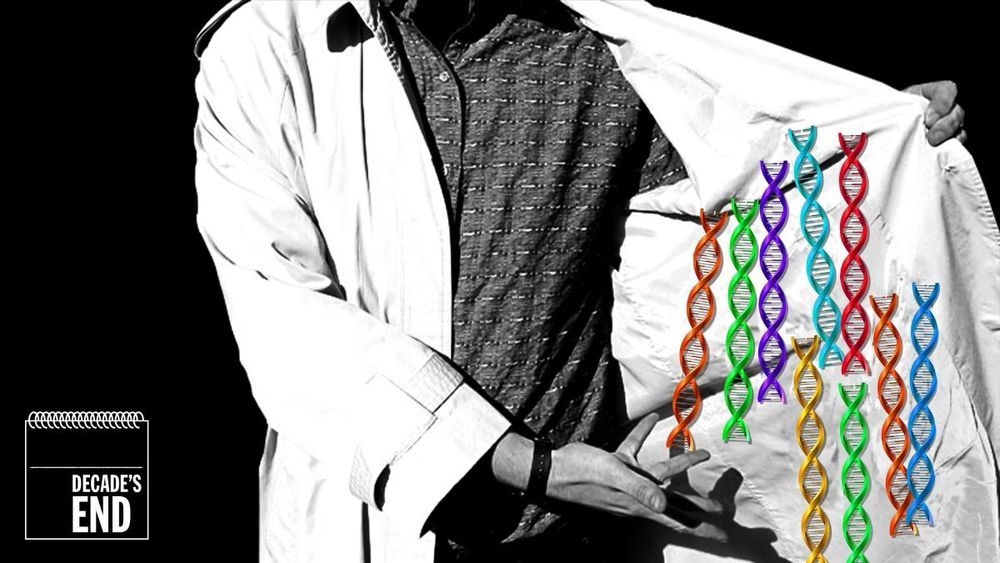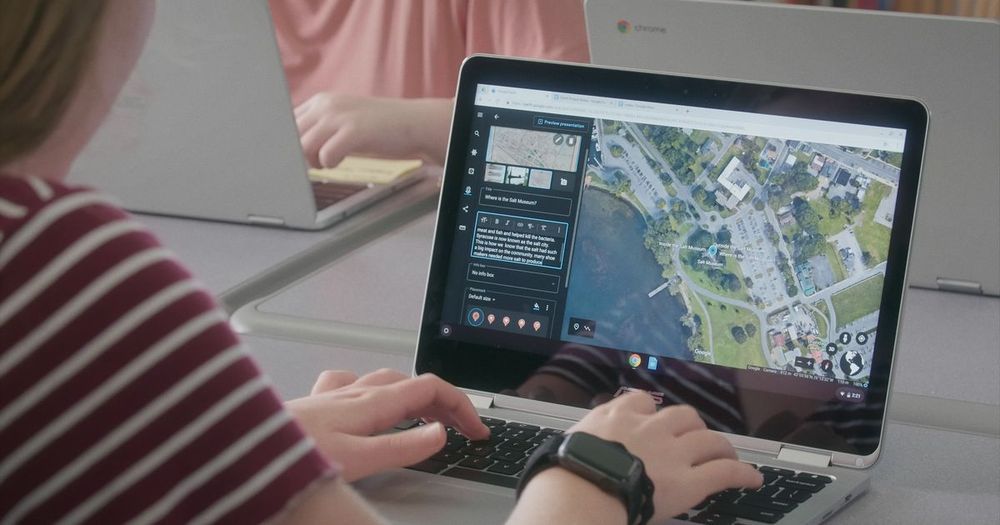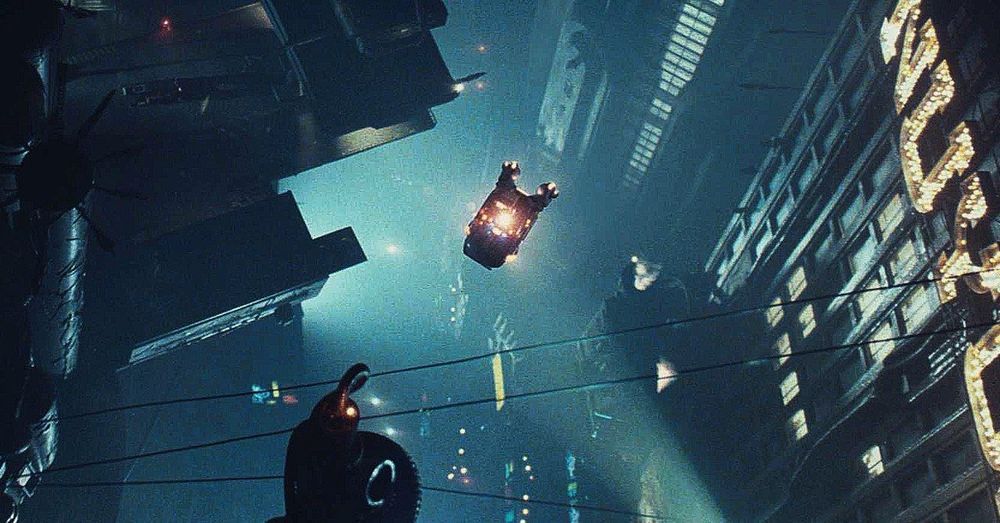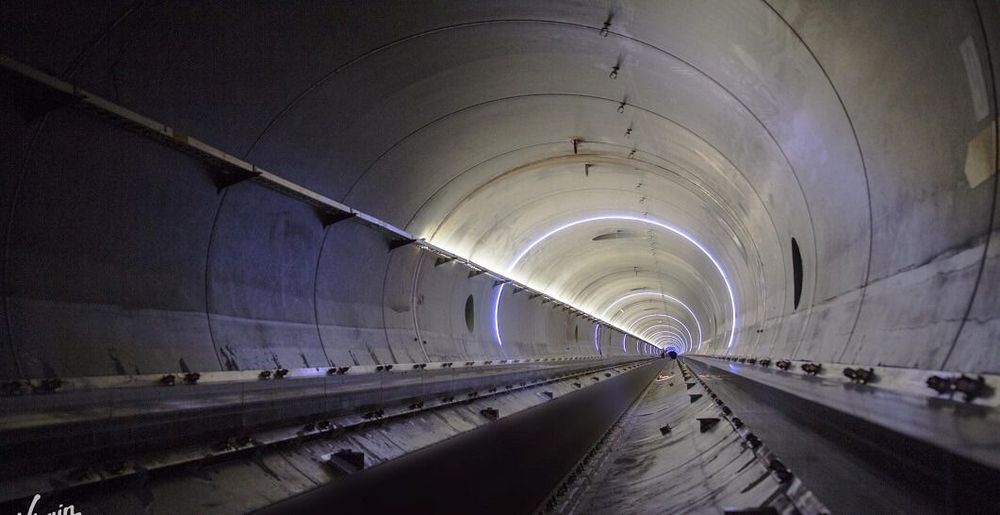Launcher says one-piece manufacture lowers the cost of its part, compared with those printed in pieces and joined. To do this, the Brooklyn-based startup teamed with 3D printer companies to build a space large enough for its entire copper-alloy part, which itself is a huge investment.
Process is initially intended to save lives on Earth, rather than to send astronauts on long haul flights.
The fast-moving development of brain-machine interfaces got a boost when Elon Musk announced the work for Neuralink, his new company devoted to implantable devices to enhance cognition and better marry our brains with super-computing. His competitor, fellow tech entrepreneur Bryan Johnson of Kernel, weighs in on why he thinks advancing cognition can solve all the other problems in the world. But tech ethicist Tristan Harris says not so fast — we haven’t properly accounted for what existing tech has already done to us. Think things through with this brainy episode of Future You with Elise Hu.
—————————————————–
Follow NPR elsewhere, too:
• Twitter: https://twitter.com/npr
• Facebook: https://www.facebook.com/NPR
• Instagram: https://www.instagram.com/npr/
• Tumblr: http://npr.tumblr.com/
• Snapchat: https://www.snapchat.com/add/npr
ABOUT NPR
NPR connects to audiences on the air, on demand, online, and in person. More than 26 million radio listeners tune in to NPR stations each week and more than 36 million unique visitors access NPR.org each month making NPR one of the most trusted sources of news and insights on life and the arts. NPR is also the leading publisher of podcasts, with 36 original shows and an average of 4 million listeners per week. NPR shares compelling stories, audio and photos with millions of social media users on Facebook, Twitter, Instagram, Pinterest, YouTube and Snapchat; NPR News and NPR One apps, online streaming, podcasts, iTunes radio and connected car dashboards help meet audiences where they are. NPR’s live events bring to the stage two-way conversations between NPR hosts and the audience in collaboration with the public radio Member Station community. This robust access to public service journalism makes NPR an indispensable resource in the media landscape.
Data from ESA’s Cluster mission has provided a recording of the eerie “song” that Earth sings when it is hit by a solar storm.
The song comes from waves that are generated in the Earth’s magnetic field by the collision of the storm. The storm itself is the eruption of electrically charged particles from the sun’s atmosphere.
A team led by Lucile Turc, a former ESA research fellow who is now based at the University of Helsinki, Finland, made the discovery after analyzing data from the Cluster Science Archive. The archive provides access to all data obtained during Cluster’s ongoing mission over almost two decades.
Synthetic protocells can be made to move toward and away from chemical signals, an important step for the development of new drug-delivery systems that could target specific locations in the body. By coating the surface of the protocells with enzymes—proteins that catalyze chemical reactions—a team of researchers at Penn State was able to control the direction of the protocell’s movement in a chemical gradient in a microfluidic device. A paper describing the research appears November 18, 2019 in the journal Nature Nanotechnology.
“The futuristic vision is to have drugs delivered by tiny ‘bots’ that can transport the drug to the specific location where it is needed,” said Ayusman Sen, the Verne M. Willaman Professor of Chemistry at Penn State and the leader of the research team. “Currently, if you take an antibiotic for an infection in your leg, it diffuses throughout your entire body. So, you have to take a higher dose in order to get enough of the antibiotic to your leg where it is needed. If we can control the directional movement of a drug-delivery system, we not only reduce the amount of the drug required but also can increase its speed of delivery.”
One way to address controlling direction is for the drug-delivery system to recognize and move towards specific chemical signals emanating from the infection site, a phenomenon called chemotaxis. Many organisms use chemotaxis as a survival strategy, to find food or escape toxins. Previous work had shown that enzymes undergo chemotactic movement because the reactions they catalyze produce energy that can be harnessed. However, most of that work had focused on positive chemotaxis, movement towards a chemical. Until now, little work had been done looking at negative chemotaxis. “Tunable” chemotaxis—the ability to control movement direction, towards and away from different chemical signals—had never been demonstrated.
At the start of this decade, the federal government called out consumer DNA testing as a burgeoning scam industry. Little did we know how it would explode in popularity.
In 2010, the U.S. Government Accountability Office (GAO) published an investigative report that bashed consumer DNA test companies for misleading the public. It accused them of deceptively claiming their products could predict the odds of developing more than a dozen medical conditions; some even went as far to offer equally dubious dietary supplements. The report had followed a similar lambasting of the industry by the GAO in 2006.
Google Earth launched creation tools that allow users to produce personalized narrative stories with custom maps and virtual tours.
The movie, which was set in November 2019, got a lot right about Los Angeles and the future–even the things it got wrong.
“The Hyperloop exists,” says Josh Giegel, co-founder and chief technology officer of Hyperloop One, “because of the rapid acceleration of power electronics, computational modeling, material sciences, and 3D printing.”
Thanks to these convergences, there are now ten major Hyperloop One projects—in various stages of development—spread across the globe. Chicago to DC in 35 minutes. Pune to Mumbai in 25 minutes. According to Giegel, “Hyperloop is targeting certification in 2023. By 2025, the company plans to have multiple projects under construction and running initial passenger testing.”
So think about this timetable: Autonomous car rollouts by 2020. Hyperloop certification and aerial ridesharing by 2023. By 2025—going on vacation might have a totally different meaning. Going to work most definitely will.
New Scientist.
The technique, officially called emergency preservation and resuscitation (EPR), is being carried out on people who arrive at the University of Maryland Medical Centre in Baltimore with an acute trauma – such as a gunshot or stab wound – and have had a cardiac arrest. Their heart will have stopped beating and they will have lost more than half their blood. There are only minutes to operate, with a less than 5 per cent chance that they would normally survive.
